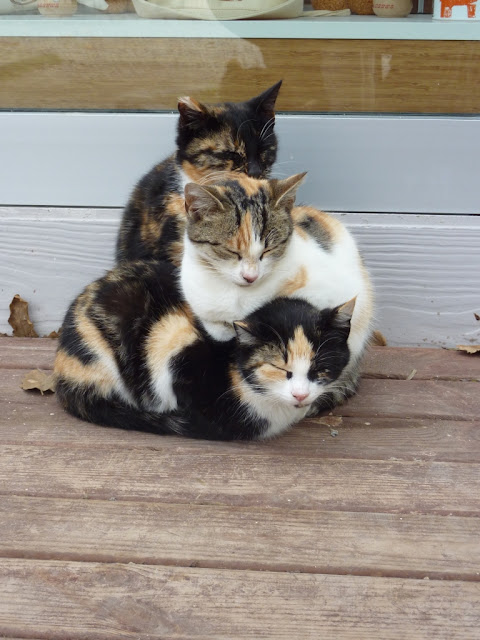| Bergama is also home to the Red Basilica. Once a temple of Serapis, a Graeco-Egyptian god invented by Ptolemy I to unify the two cultures, it was converted into a church, and later, a mosque. The Red Basilica is one of the seven churches of the Apocalypse in the Book of Revelation; it is said to be the dwelling place of Satan and the location of his throne. Pergamon is located on the top of a hill overlooking the city Bergama, and when dozens of calls to prayer occur at the same time and echo through the valley bellow, it isn't a stretch of the imagination to think their combined dissonant wail is the bellows of some terrifying creature bellow the basilica. |





































































